Clothing Startup Reality Check – The Cost of Doing It Wrong
(and You Probably Are)
Starting a clothing brand ?
“I’ll create a cool design, then use Google or ChatGPT to find some manufacturers, write a couple of emails, get a few free samples, pick the best manufacturer, and start with around 50 pieces and see how it goes...”
Sound familiar?
And let me guess — you then used ChatGPT to write an email that sounds something like this:
“Hello, we are an emerging clothing brand currently developing our first small-series collection, focused on high-quality streetwear and performance wear. We are seeking a reliable manufacturer who can help us realize our vision. We would like to know your Minimum Order Quantities (MOQ) per style and the estimated unit price for small batches (50–100 pieces). Additionally, please detail your customization options (Screen Print, Embroidery, Custom Labels, etc.). We need information on the process and timelines for samples and bulk production as we look to build a long-term partnership.”
If that’s you — stop right there!! You need to read this article before you write another email ! Because like thousands before you, you’re about to make the same mistakes that will burn your money, waste your time, limit your chances or even kill your brand idea before you ever launch. You will end up losing a lot of cash in endless sampling loops and bad samples, get misled by so called “experts”, that will take all the money they can from you and deliver nothing, you will be ignored by factories, and end up a year from now with less money, no product, and a table full of useless samples.
I don’t mean to scare you — but that’s the harsh reality if you enter the clothing business with the naive belief that the industry is just waiting for another 50-piece T-shirt order. The truth is, it’s the exact opposite. There are hundreds of traps you can’t see coming — simply because it’s your first time.
The good news? Every one of these traps can be avoided — if you understand how the industry really works and if you find a partner that’s right for you, that will guide you and protect you.
If you take the next few minutes to educate yourself - you’ve already outmatched most startups and significantly increased your chances of success.
Your Garment Development Wake-Up Call
1. The Manufacturing Illusion
Factories receive hundreds of startup inquiries every week — most from people who never follow through, don’t have the budget, or aren’t ready to produce. From the factory’s point of view, that’s wasted time. This is why most founders are ignored. It’s not personal — it’s the system. Breaking through that wall requires one thing above all else: credibility. A clear concept, realistic numbers, professional communication, and solid documentation make factories take you seriously.
Let’s start with the hard truth: manufacturers don’t care about your brand vision or your cool designs. They care about volume — because that’s what pays their bills.
A production line optimized for 100,000 pieces can’t just stop and cater to your 50-piece idea without major cost. As of right now, you’re not a priority — you’re a disruption. That’s why most won’t even reply. And if they do? It’s often a red flag. (More on that later.)
There are manufacturers who accept smaller custom orders — but only if you come prepared. That means clear product information, a defined style list, accurate size breakdowns, and a realistic budget.
Factories don’t have time to “figure it out” for you — they expect you to know what you want and be ready for production. The more organized and professional your approach, the higher your chance of being taken seriously.
So sending out those generic emails will only get you blacklisted by real and good manufacturers, and you’ll only get responses from the wrong ones — the low-quality brokers and middlemen who promise everything and deliver nothing but garbage, but gladly take your money.
At Athleisure Basics, part of our professional service is helping clients understand the process, prepare all the necessary documents and information required, and make sure they get their foot in the door with reliable, premium manufacturers.
Now, let’s look at what being “prepared” actually means.
2. The Real Cost of a “Free” Sample
Let’s make one thing clear: a sample isn’t “just a sample.”
Behind that single piece are hours of real work — from consulting and sourcing to cutting, sewing, and machine setup. Each sample interrupts running production lines that are designed for speed and efficiency. That means someone has to stop a larger order, reset machines, and pull skilled staff away from ongoing work — all to make something for free.
That “free” sample actually costs the factory €300–€400 in real resources — not just time, materials, and labor, but also lost production capacity. In other words, the space, machines, and personnel used to make your one piece could have produced dozens of items for a paying client.
Expecting free samples doesn’t make you look good or smart — it makes you look unprepared and unprofessional. Understanding that the sample process is a necessary part of every startup investment is crucial for your path in the textile business.
There are no free samples in custom clothing production. If you’re serious, plan for it, and treat the sampling phase as part of your investment in turning your idea into something real.
3. The Inevitable Startup Investment
Here’s the blunt truth: if you can’t invest €350–€650 in your project — just to set up the foundation — you’re not ready for custom clothing.
That’s not an upsell, and it’s not a random number. It’s the reality of what it costs to move from idea to something tangible. Design development, pattern creation, sampling, and grading all require time, skill, and materials.
These aren’t optional extras; they’re the foundation of professional garment production anywhere in the world — and they’re not free. Portugal, Turkey, China, India — it doesn’t matter. Every professional manufacturer follows the same structure because that’s how reliable, repeatable production works.
If you’re serious about building a clothing brand with your own designs, you must budget for development, sampling, and setup before you even think about bulk production. Otherwise, you’ll get stuck in the same loop as thousands of startups before you — sending quote requests, getting ghosted, and chasing “cheap options” that end up costing far more in wasted time and failed samples.
Of course, the choice is yours. We won’t keep you from making your own experiences. Or — you can follow expert advice. If that’s your direction, then let’s look at the document that defines everything that follows — your Tech Pack.
4. Tech Pack: Your Production Blueprint
Would you build a house without clear architectural instructions that tell everyone involved what to do and how to do it? Then why would you produce clothing without a Tech Pack?
The problem with most new brand owners is that they don’t really know what they want — and many haven’t even heard of or seen a Tech Pack. They expect the factory to tell them what’s available and then simply pick something. That’s not how custom production works. The products made for established brands are protected and not available to others — especially not to new brands starting from scratch. So if you want your own product, you need your own Tech Pack.
A Tech Pack is the architectural master document that tells the manufacturer exactly how your garment should be made. It defines your design in measurable, technical terms — including fabrics, print techniques, finishes, and sizing — leaving no room for guesswork.
It covers everything from construction details and measurements to fabric composition, stitching type, labeling, and finishing instructions. Without it, the factory is forced to interpret or guess your idea — and that’s where things go wrong. Miscommunication leads to costly mistakes, wasted materials, failed samples, and frustration on both sides.
Factories work with numbers, not ideas. If your project doesn’t come with a clear Tech Pack, they’ll either ignore your request or produce something completely different from what you had in mind.
At Athleisure Basics, we help clients create professional Tech Packs based on their ideas and configurations — documents that can be used anywhere in the world and will always produce consistent results.
At the end of this article, we’ll include a special offer to help you start your own Tech Pack the right way.
5. What Goes Into a Tech Pack (Quick Checklist)
Think of your Tech Pack as the single source of truth that bridges your creative vision and the manufacturer’s technical execution. It translates ideas into instructions factories can follow without guesswork.
Here’s what a complete Tech Pack typically includes:
- Product overview — style name, category, collection/season, and target market
- Technical drawings — clear front, back, and side views with callouts for key details
- Measurements — base size spec sheet, grading rules, and tolerances
- Materials — fabric names, composition, GSM, stretch, and finish details
- Construction details — seam types, stitching, reinforcements, hems, ribs
- Trims and labels — zippers, cords, tags, brand and care label placements
- Prints and decorations — screen print, embroidery, puff, DTF/DTG, placements and specs
- Colorways — main and secondary tones with Pantone/TCX codes
- Finishing and packaging — washing, folding, bagging, and labeling instructions
- QA notes — shrinkage tolerance, fabric tests, and production remarks
Once your Tech Pack is complete, the next step begins inside the factory: converting those specifications into a physical framework — the pattern — that brings your design to life with precision and consistency.
6. Pattern Making: More Than a Template
Pattern making is where your concept finally takes physical form. It’s not just about cutting shapes; it’s about engineering fit, comfort, and efficiency.
A pattern is the 3D blueprint of your garment — it defines every curve, seam, and proportion that determines how your piece will look and feel once worn. Each adjustment, millimeter by millimeter, affects the drape, structure, and silhouette.
A professional pattern maker does far more than trace outlines. They:
- Match your design’s fit, style, and fabric behavior.
- Adjust layouts for efficient cutting and reduced waste.
- Ensure sewing feasibility for consistent results across production.
- Prepare graded versions for all required sizes.
Pattern making isn’t clicking “print” in software — it’s skilled craftsmanship. A bad pattern equals poor fit, production delays, and high return rates. A precise one ensures your samples look and feel exactly how you imagined — and that your production runs are smooth, repeatable, and cost-efficient.
7. Sampling: The Critical Reality Check
Sampling is where theory meets reality — and reality doesn’t lie.
Your first sample is the moment you see your design come to life. It’s not just a box to tick; it’s your final test before you spend real money. This is where you check whether your ideas actually work in fabric, fit, and construction.
In this stage, every mistake you catch is money saved. You identify fit issues, correct stitching errors, adjust print placements, and see how your chosen fabric behaves in motion. It’s where you find out if your garment fits real bodies, not just sketches or mockups.
Too many startups skip this step or rush through it to “save time.” But skipping proper sampling is how entire orders fail. One overlooked measurement, one misaligned pattern piece, one wrong fabric choice — and you’re sitting on boxes of unwearable stock.
Treat your sample as your first investment in quality control, not a disposable prototype. It’s the checkpoint that ensures your brand doesn’t make the same mistakes others pay dearly for.
At Athleisure Basics, we treat sampling as a structured process — not guesswork. Every approved sample becomes the production standard, ensuring what you saw and tested is exactly what you’ll receive in bulk.
8. The Real Startup Cost: What It Actually Takes to Get Started
By now, you’ve probably realized that launching a clothing brand isn’t about having a logo and an idea — it’s about turning your idea into something manufacturable. And that comes with real, unavoidable costs.
Here’s a breakdown of what every serious founder needs to plan for — before producing a single sellable item:
Development Costs — Portugal (2025)
| Development Phase | Typical Cost Range (Portugal) | What It Covers |
|---|---|---|
| Tech Pack Creation | €200 – €500 | Specification file with measurements, materials, construction details, trims, and print positions. |
| Fabric Sourcing | €100 – €300 | Researching and selecting fabrics, requesting swatches, verifying composition/quality, coordinating supplier orders. |
| Pattern Making | €200 – €600 | Creating garment templates (digital or paper) based on design sketches and fit requirements. |
| Sample Development | €200 – €600 | First physical prototype: cutting, sewing, finishing, and basic adjustments. |
| Printing Setup / Preparation Fee | €90 – €150 | Preparing artwork for production (color separation, screen setup, embroidery digitizing, DTF file adjustments). |
| Total Initial Investment | €790 – €2,150 | Estimated development budget before producing a single sellable unit; varies by garment complexity and revision rounds. |
Yes, that’s a significant amount — and for many, it’s the first real wake-up call.
If this isn’t currently in your budget, there might still be another way to start — one that allows you to test your ideas, build your brand, and enter the market with less risk.
Next, let’s look at that path: white label and blanks.
9. White Label & Blanks: A Low Budget Entry Point
If all this sounds overwhelming — Tech Packs, patterns, sampling — don’t worry. There’s another way to start: White Label (also known as working with "Blanks").
White label means you begin with ready-made, premium-quality garments that are already tested, fitted, and production-ready. You simply add your branding — through printing, embroidery, or labeling — which will only cost you the setup fee for the printing - and you have your first collection without going through the full custom development process.
For many new brands, this is the smartest entry point. You get professional-quality garments, fast delivery times, and the chance to build your brand presence first, before investing in full design development. And the important point - you start making money with very little investment and with a concept and products that already work in the market. Low risk.
Here’s a quick breakdown:
Pros:
- Faster time-to-market (production in weeks, not months).
- No Tech Pack or pattern development required.
- Lower upfront investment.
- Proven fits and fabrics that customers already love.
Cons:
- Limited design freedom — shapes and fits are pre-defined.
- Fabric and color options are more restricted.
- Limited Availability because of high demand
- Harder to build something completely unique.
Still, white label is not a shortcut for lazy brands — it’s a smart strategy for serious founders who want to test the market, learn how production works, and grow with less risk.
At Athleisure Basics, we offer both paths — custom development for those who are ready, and white label blanks for those who want to start fast and scale steadily.
To Summarize...
There are rules in this industry. If you don’t know them, you’ll pay the price — in money, time, and reputation.
But if you follow them and work with professionals who know the business inside and out, you can successfully launch your brand — and with Athleisure Basics, have a partner guiding you every step of the way.
No, it’s not cheap. No, it’s not free. Not in Portugal, not in China, not anywhere.
But it’s absolutely doable — with a clear process, a realistic plan, and the willingness to invest in your own success.
So, what’s next for you?
Your Next Step Starts Here
If you’re ready to move from ideas to production, choose the option that fits your current stage best:
Get Your Free Evaluation
Send us your concept or ideas and receive personalized feedback — by email or a quick phone call. We’ll help you understand exactly where to begin.
Explore Our Services & Packages
Learn about our transparent packages for Tech Pack creation, sampling, and full production.
Request a Free Tech Pack Template
Request a professional layout you can use to brief any manufacturer correctly.
Browse the Blanks Collection to order your first Drop
Ready-made premium blanks, Made in Portugal — perfect for testing your ideas with minimal risk.
FAQ
Q: What’s the minimum investment to start a project?
A: From around €1,200 — this includes development and a 70-piece customized T-shirt order.
Q: What is the MOQ for blanks?
A: For unbranded blanks, there’s no MOQ. With custom logos, the MOQ is 70 pcs per style and color.
Q: What is the MOQ for custom clothing development?
A: Custom items require 100 pcs per style and color to ensure quality and production efficiency.
Q: How many sizes are included in the MOQ?
A: All standard EU sizes (XS–XXL) are included in your MOQ.
Q: Do blanks have care labels?
A: Yes. All blanks include OEKO-TEX® certified “Made in Portugal” care labels.
Q: What can I customize in blanks?
A: You can customize logos, labels, packaging, and decoration methods (screen print, embroidery, patches, etc.).
Q: Are discounts available on blanks?
A: Yes — we offer tiered pricing for larger quantities.
Q: What are the average lead times?
A: 3–5 weeks for blanks and 6–8 weeks for custom clothing production after sample approval.
Q: What does “Made in Portugal” quality mean?
A: It means ethical, sustainable, and certified production using European materials and high-quality craftsmanship.
Q: Can I combine blanks and custom development?
A: Absolutely — many of our startup clients begin with blanks and later transition into custom designs once they’re established.
Start where you are. Build from there.
We’ll help you turn your ideas into real products — with clarity, precision, and quality.
Get Your Free Evaluation →
Download Tech Pack Template →
View Blanks Collection →
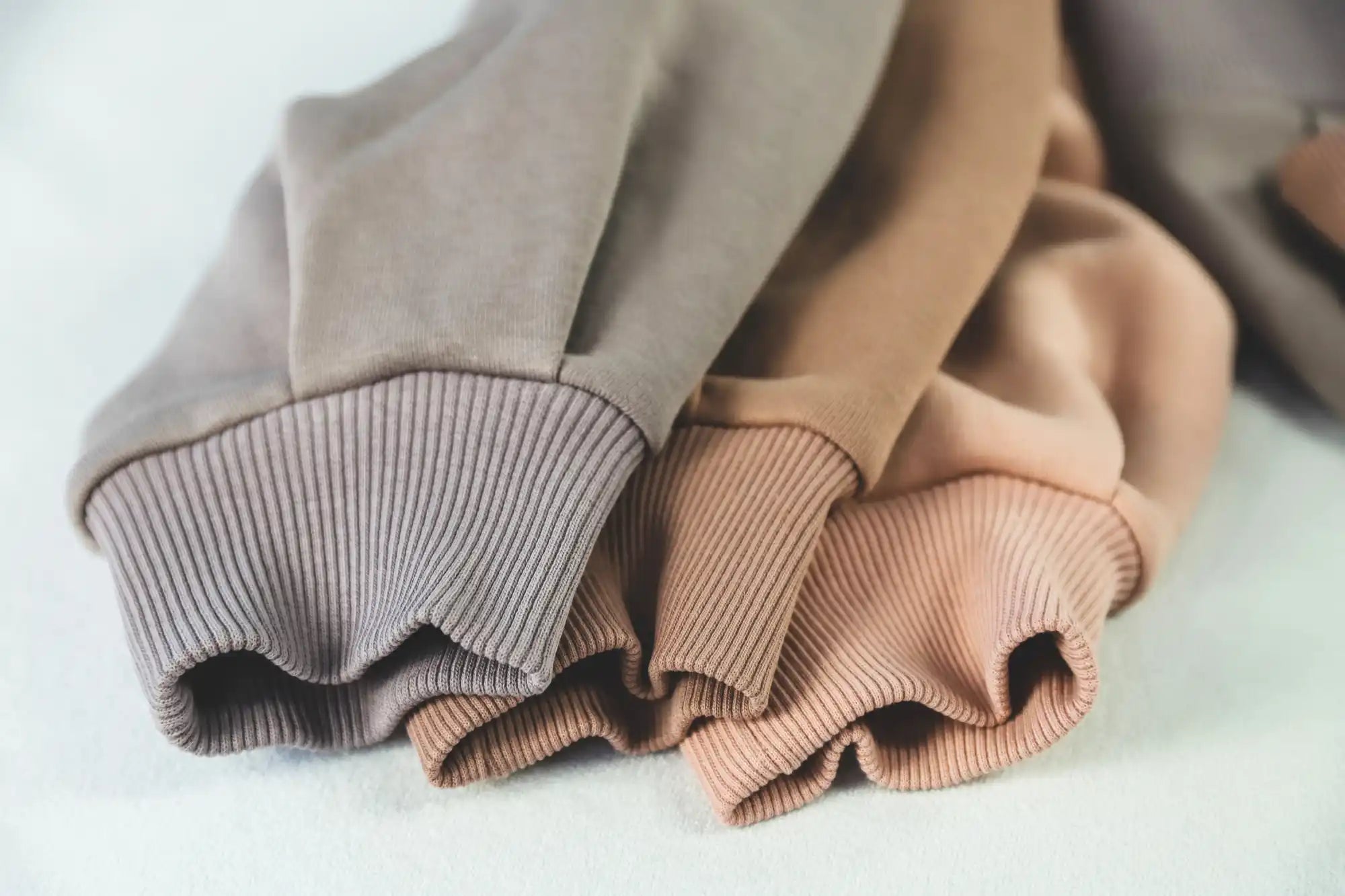
Materials & Fabrics for Clothing Production
Explore cotton, French terry, jersey, fleece, and sustainable blends used in premium apparel manufacturing.
Explore Premium Apparel Fabrics Guide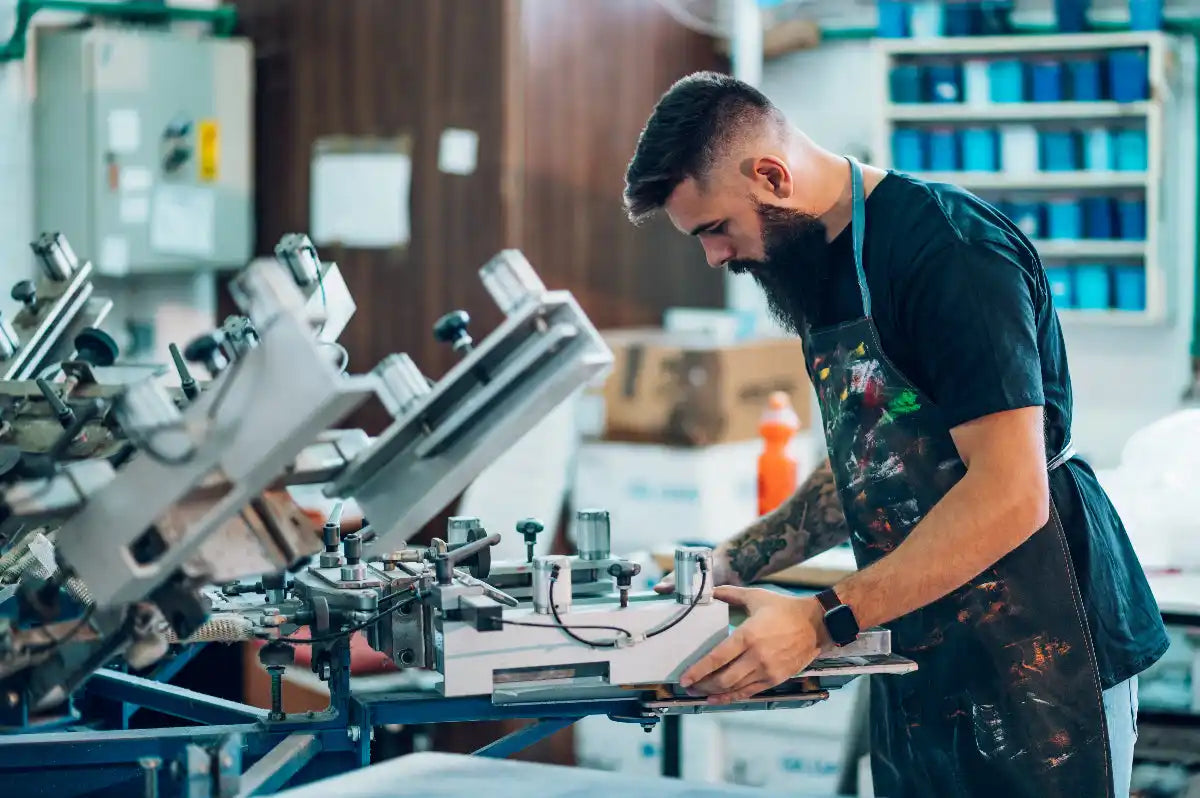
Printing Techniques for Apparel Production
Screen printing, embroidery, puff prints, and digital methods for custom clothing manufacturing.
Explore Custom Apparel Printing Techniques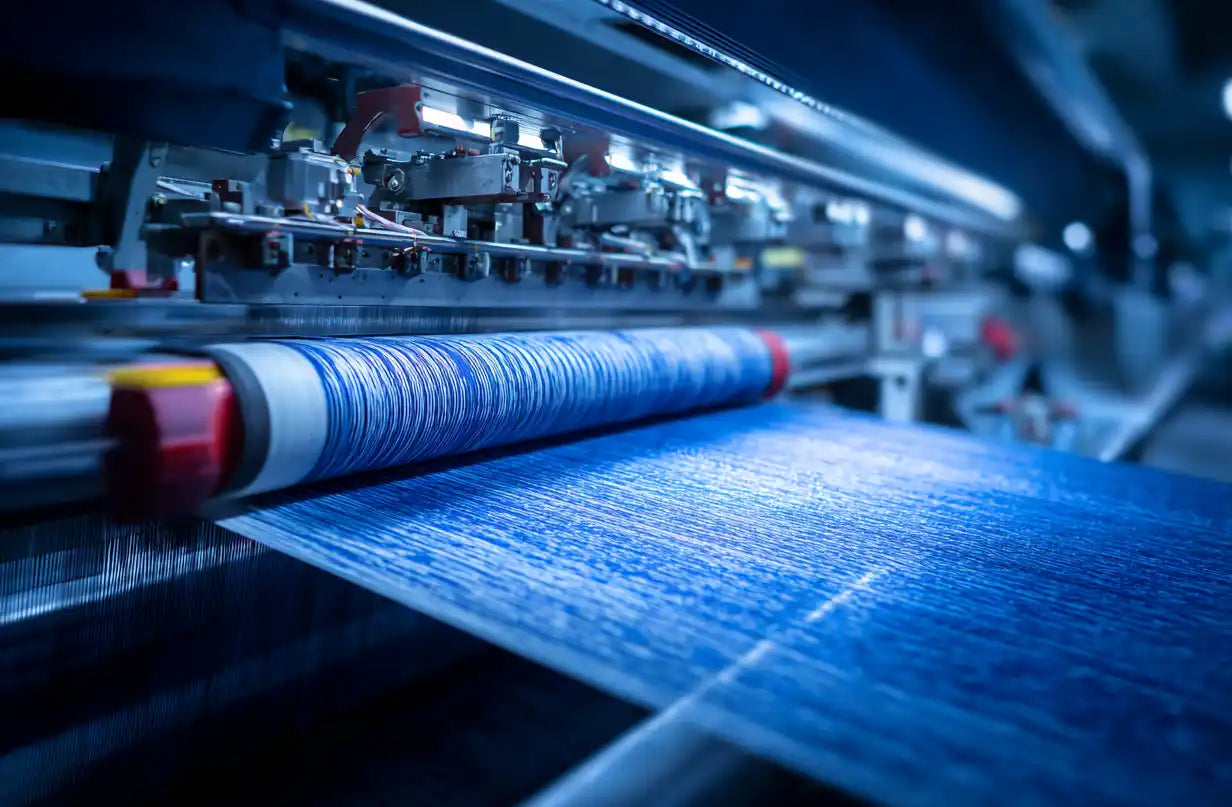
Dyeing Techniques in Clothing Manufacturing
Garment dye, pigment, acid wash, and stone wash finishes that create unique apparel designs.
Compare Apparel Finishing Techniques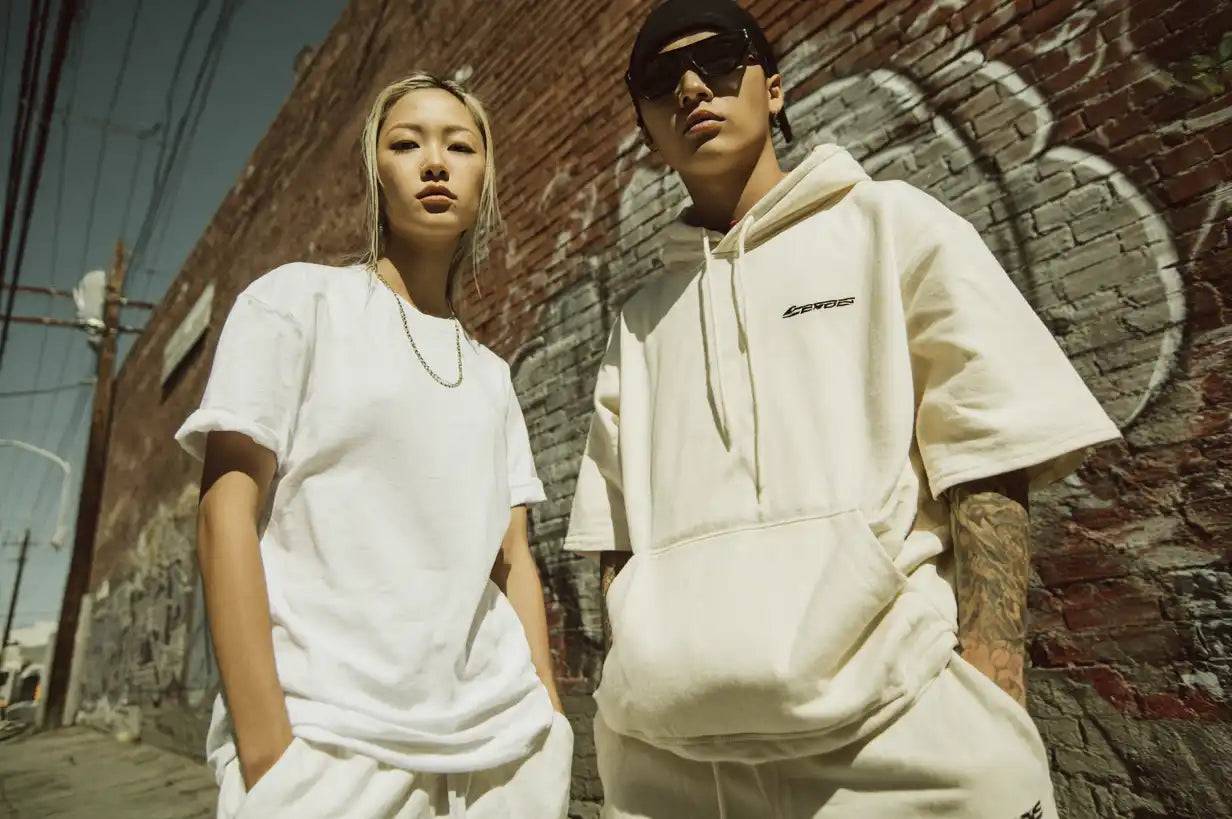
Popular Clothing Items for Custom Apparel
Hoodies, joggers, t-shirts, leggings, and biker shorts — essentials for every apparel collection.
Explore Popular Custom Clothing Items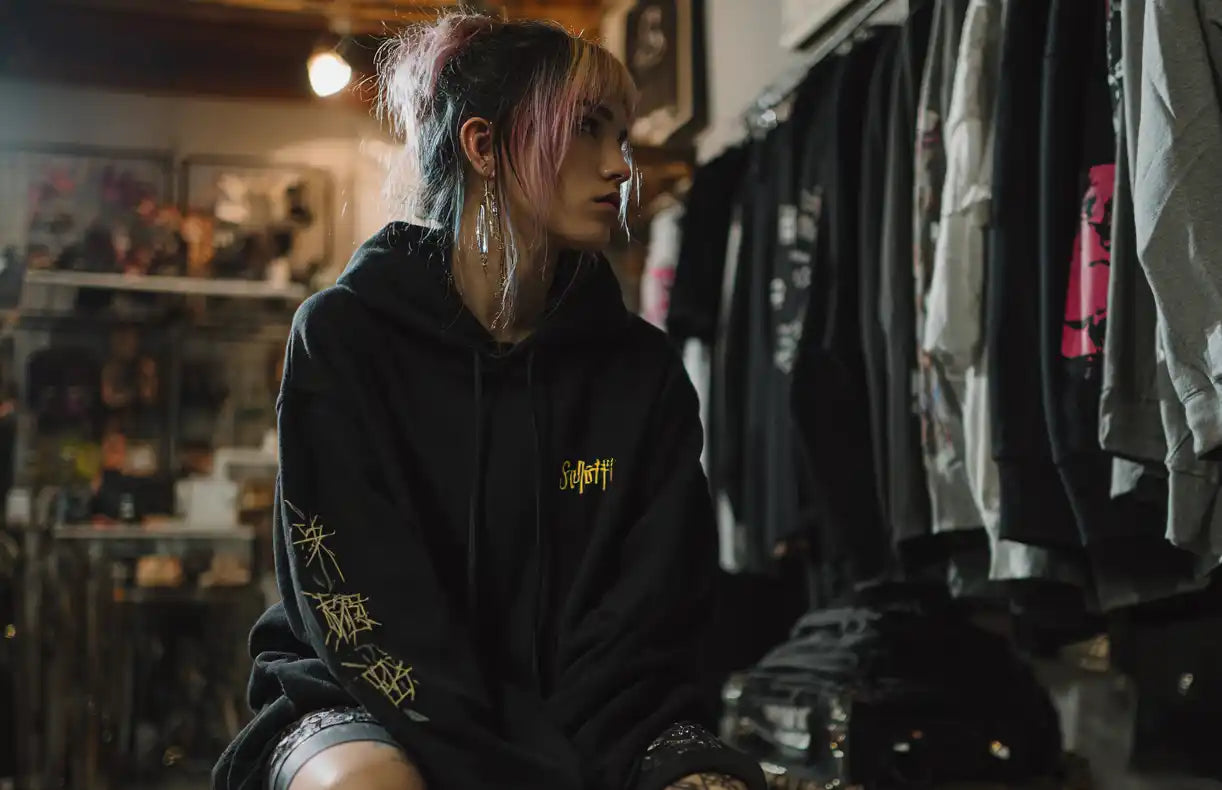
Trends & Designs in Modern Apparel
Oversized fits, streetwear influences, and activewear styles driving custom clothing production.
Explore Trends & Designs for Apparel Development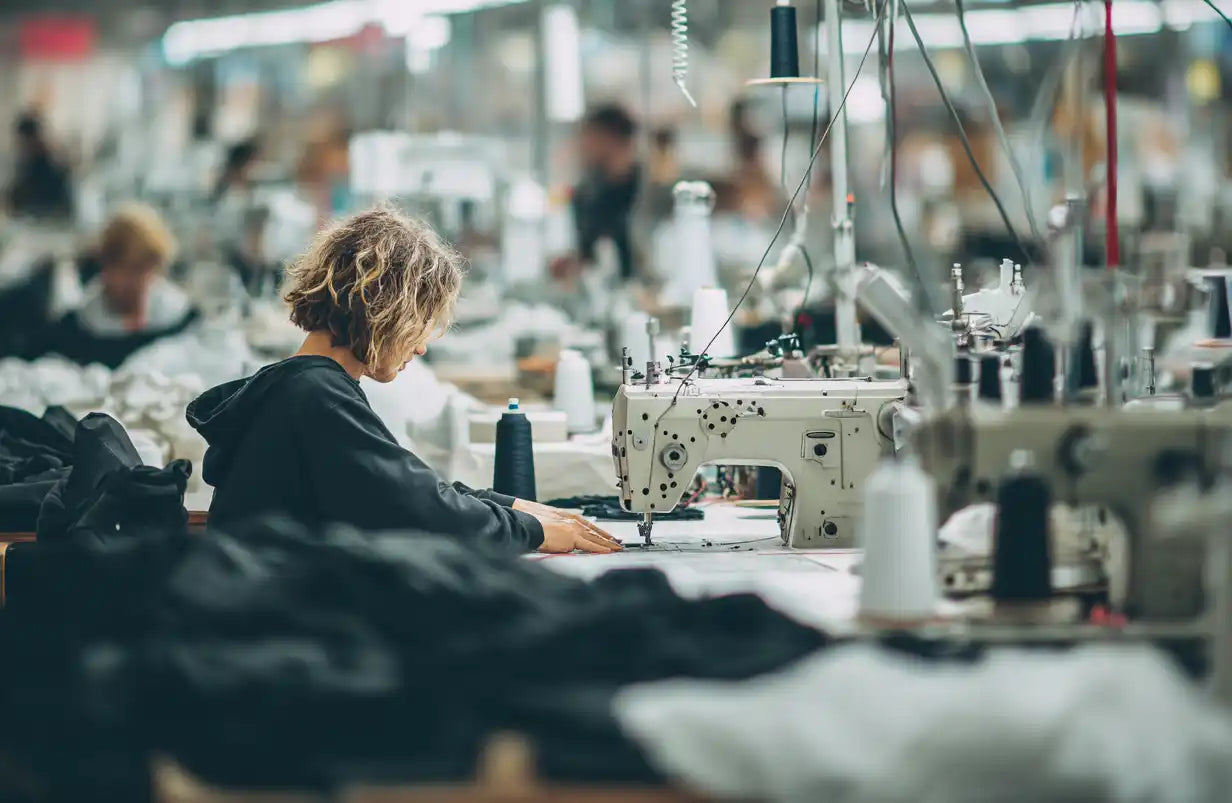
Sustainable & Ethical Clothing Production
OEKO-TEX® certified fabrics, organic cotton, and ethical apparel manufacturing in Portugal.
Understand Sustainable & Ethical Clothing Production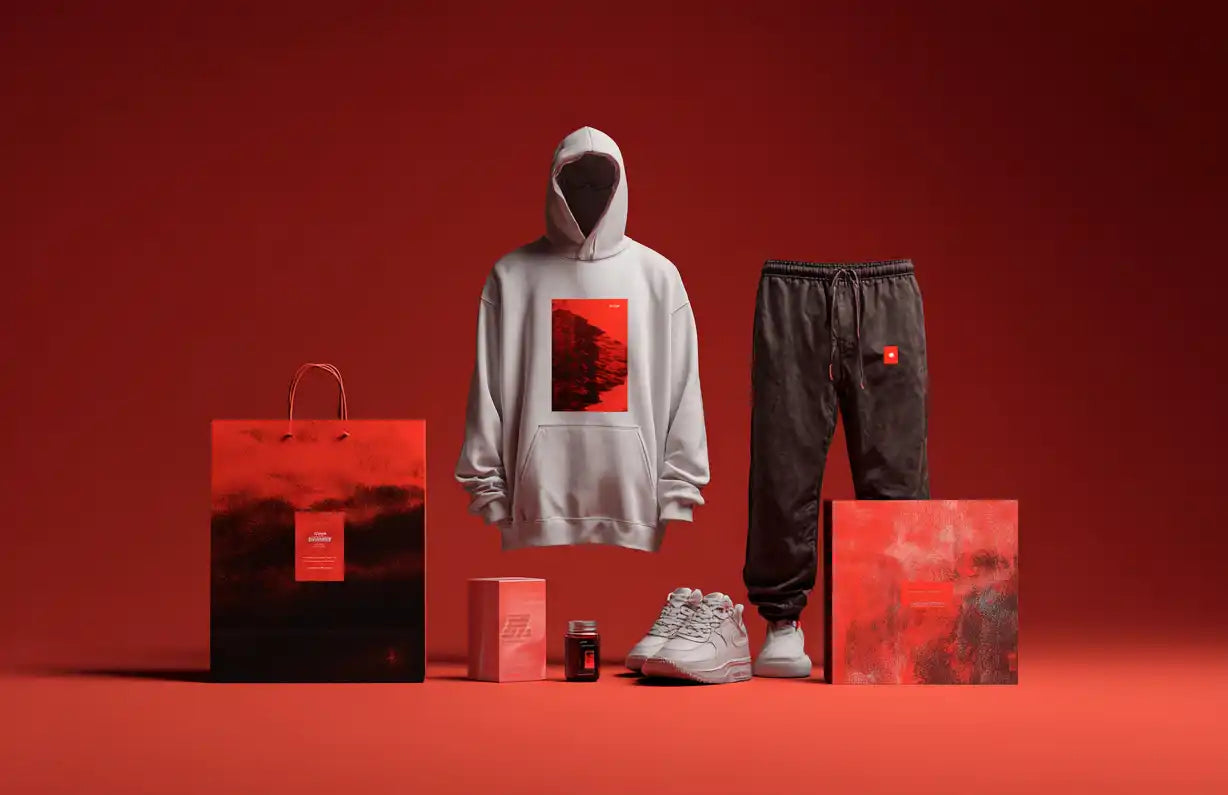
Essentials for Custom Clothing Production
Custom labels, packaging, and trims that elevate your apparel brand in production.
Explore Essentials for Custom Clothing Production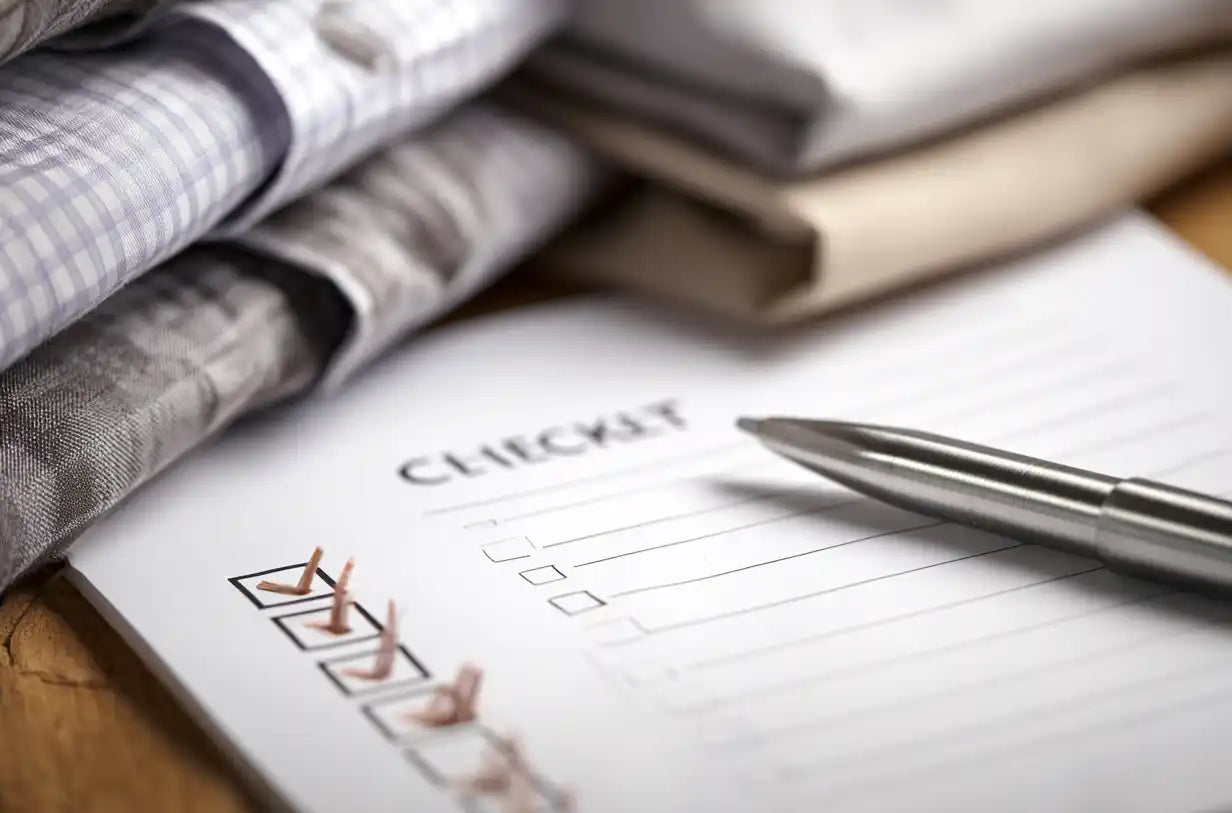
Resources for Custom Clothing Production
Startup guides, logistics support, and scaling strategies for apparel brands and wholesale clients.
Explore Resources for Custom Clothing Production
Clothing Manufacturing Glossary
Explore a complete glossary of clothing and garment manufacturing terms
The Complete Clothing Manufacturing Glossary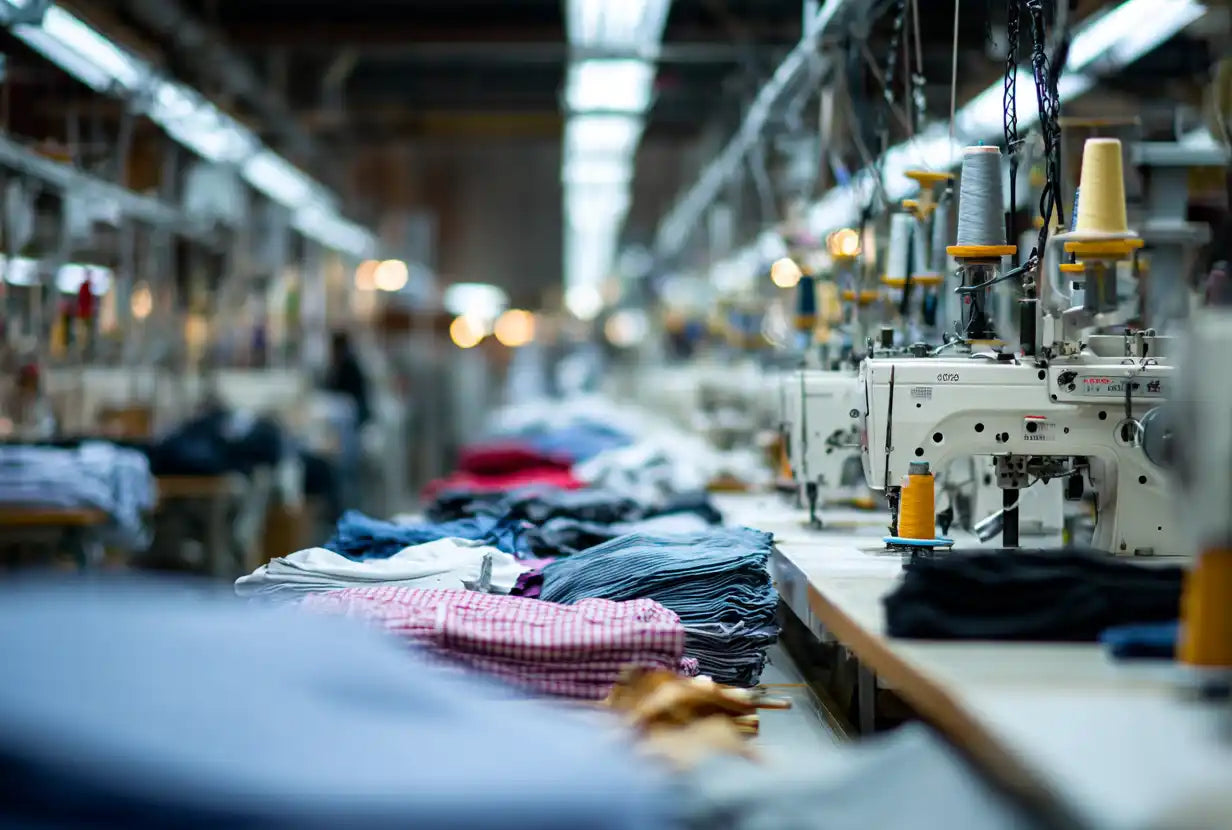
The Best Clothing Manufacturers
Explore global clothing manufacturers by country
Explore The Best Clothing Manufacturers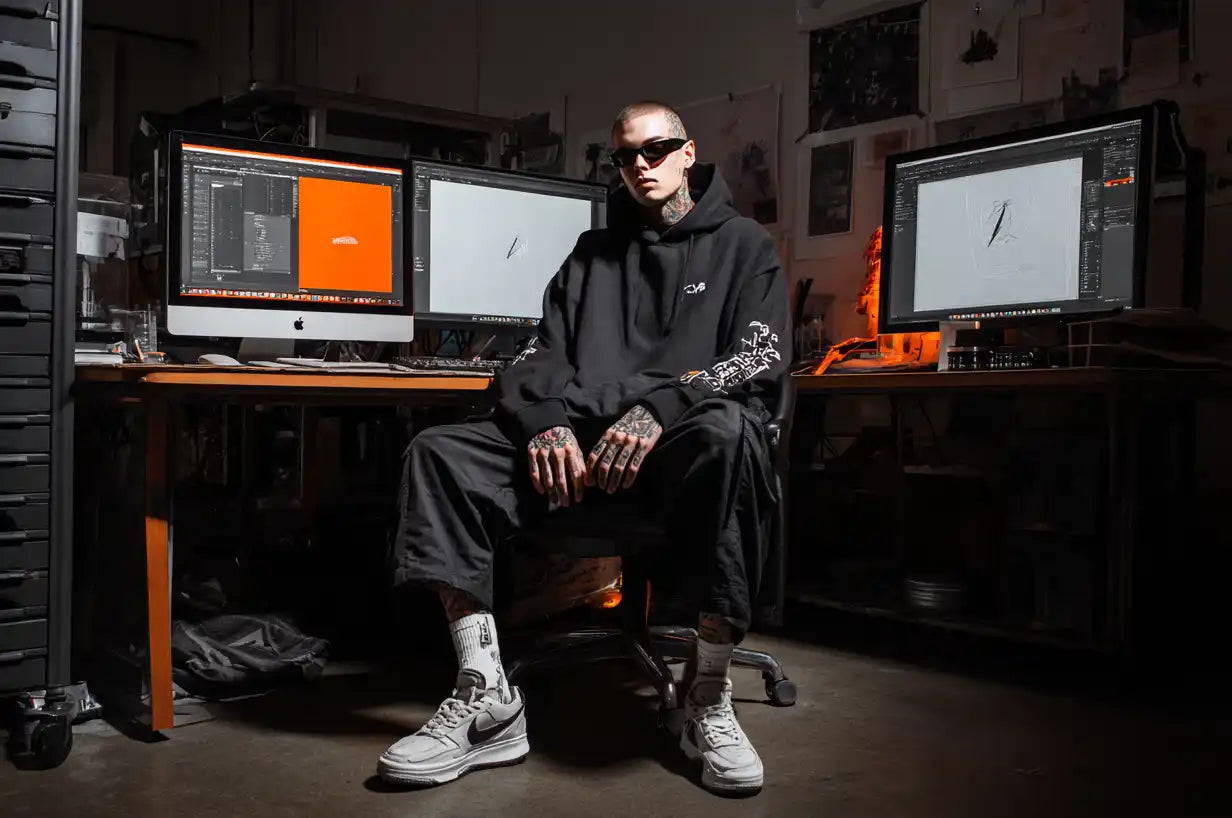
The Latest Clothing Industry Updates in 2025
Discover the latest news about important topics in the clothing industry in 2025,
Stay On Top Of Clothing Industry Updates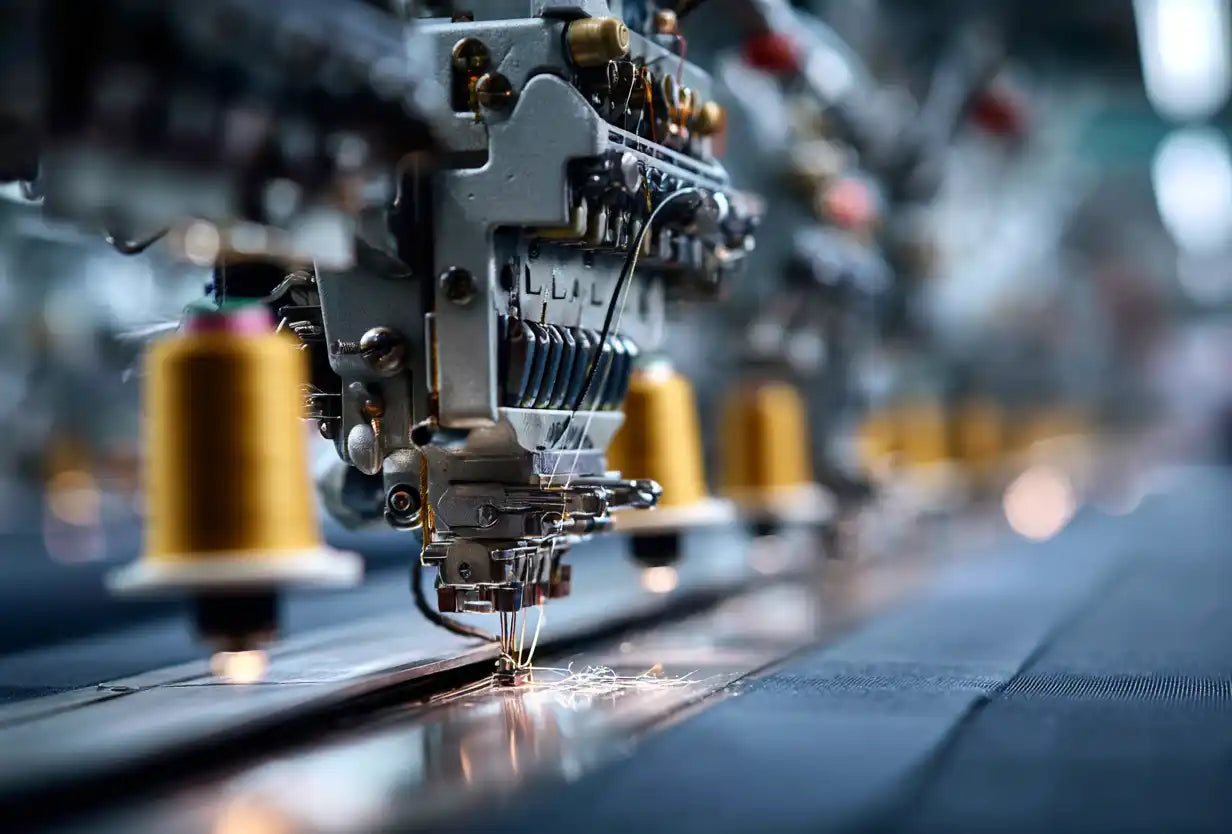
Worldwide Best Manufacturers of Clothes in 2026
Top clothing manufacturers worldwide organized by product type
Find The Worldwide Best Manufacturers of Clothes